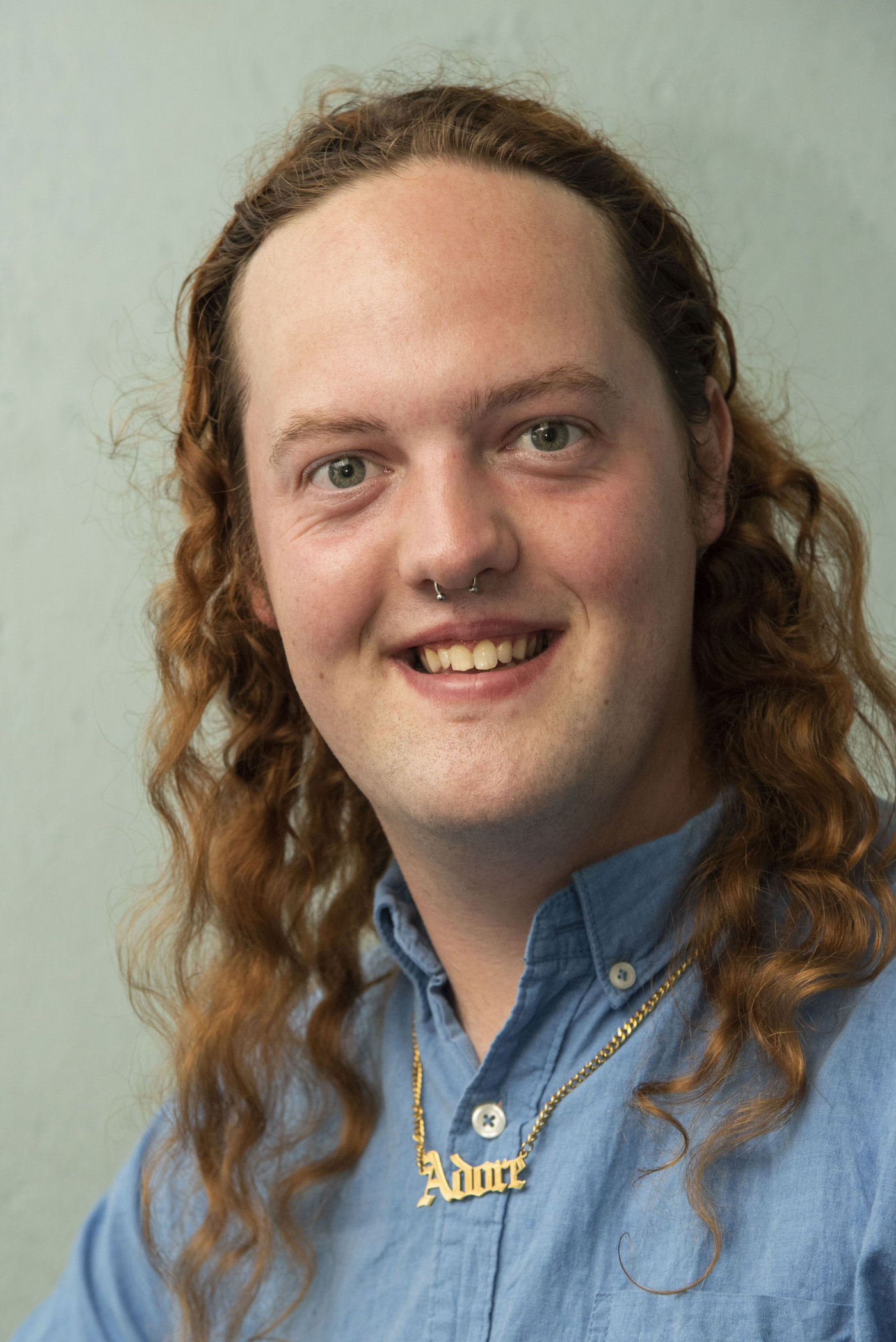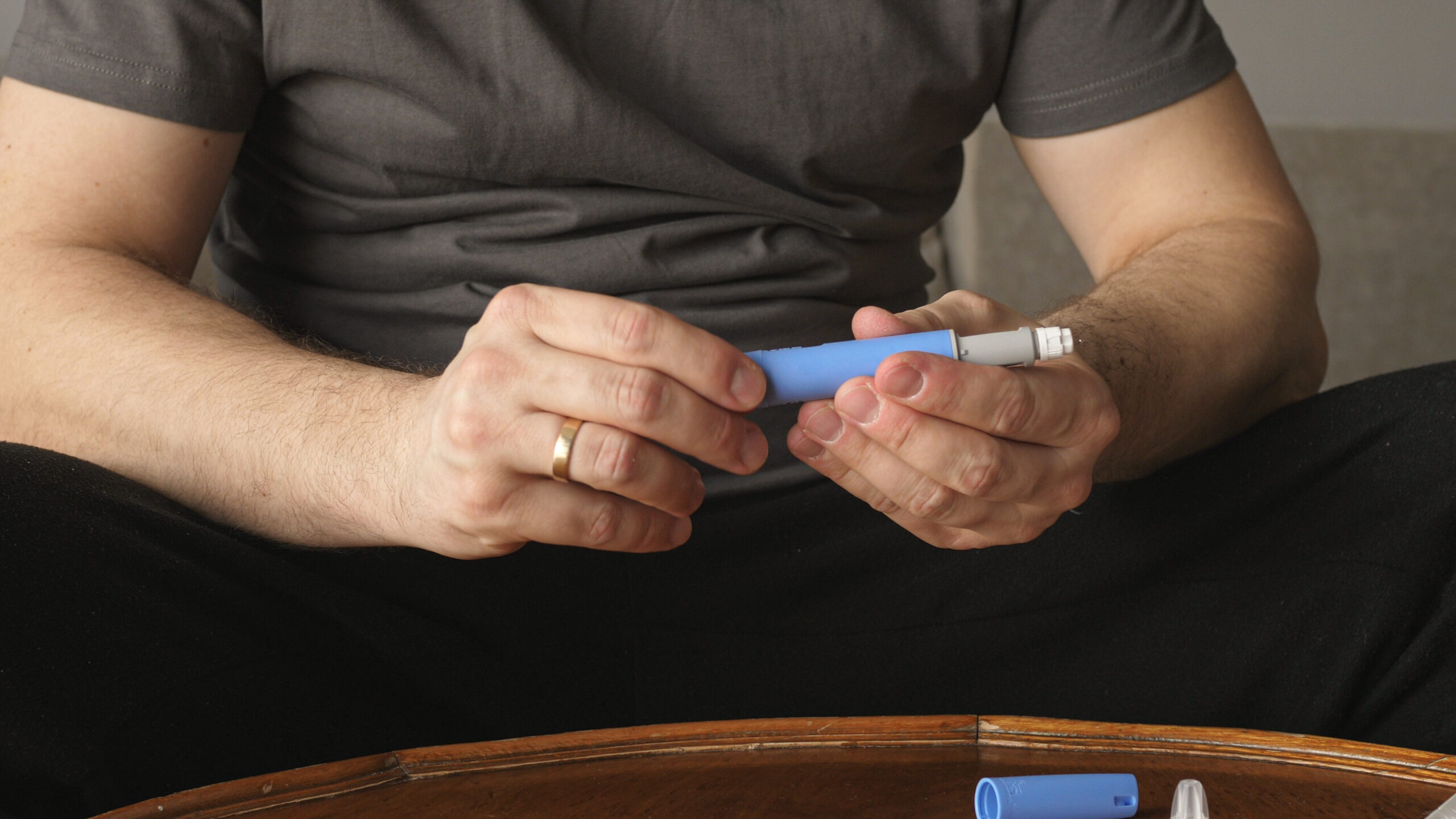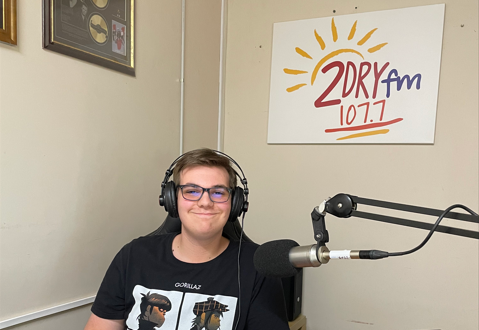A poor diet and lifestyle, as well as family genetics, are all behind the growth of Type 2 diabetes, which in our region covered by the Far West Local Health District (FWLHD), affects at least 6.1% of residents, compared with a national average of 5.5%.
The Indigenous population is at an even greater risk nationally, with at least 20% living with Type 2 diabetes.
The NSW government’s Collaborative Commissioning program is targeting Type 2 diabetes in Western NSW, with a $13.7 million Living Better and Stronger program, which partners the FWLHD, Western NSW Local Health District (WNSWLHD), the Western Primary Health Network (WNSW PHN), and the NSW Rural Doctors Network (NSWRDN) to identify and support people in their areas with Type 2 diabetes and then tailor support to the needs of specific communities to reduce complications with the disease.
Broken Hill-based Interim Chief Executive at FWLHD, Brad Astill, said the collaborative process would help care for patients with Type 2.
“The collaborative commissioning initiative is one that’s come out of the Ministry of Health and it’s looking at different ways of delivering services to our patients,” Mr Astill said.
“Each different health district, with their partner primary health network, was asked to put a proposal together about a particular service they’d like to implement.
“In conjunction with Western NSW Local Health District and the PHN, which services both of our local health districts, we’re looking at a better way to deliver diabetes care for our patients, working really closely with our GPs, working really closely with service providers in the community to ensure that patients with diabetes have regular care, that they learn how to care for their own disease as well.
“Diabetes is a really emerging problem for all districts, in fact, for all western countries.
“It’s an increasing problem in our community and it is a disease that can be very well-managed in the community, doesn’t rely on people coming into hospital. Usually when they come into hospital it’s because the control of their disease is out of control.
“There’s plenty of evidence to show that patients managing their own illness is a really strong way of them staying healthier for longer and also reducing the demand on acute hospital services. So it’s really about management in the community, using the GPs, and also teaching the patients to care for themselves better.”











